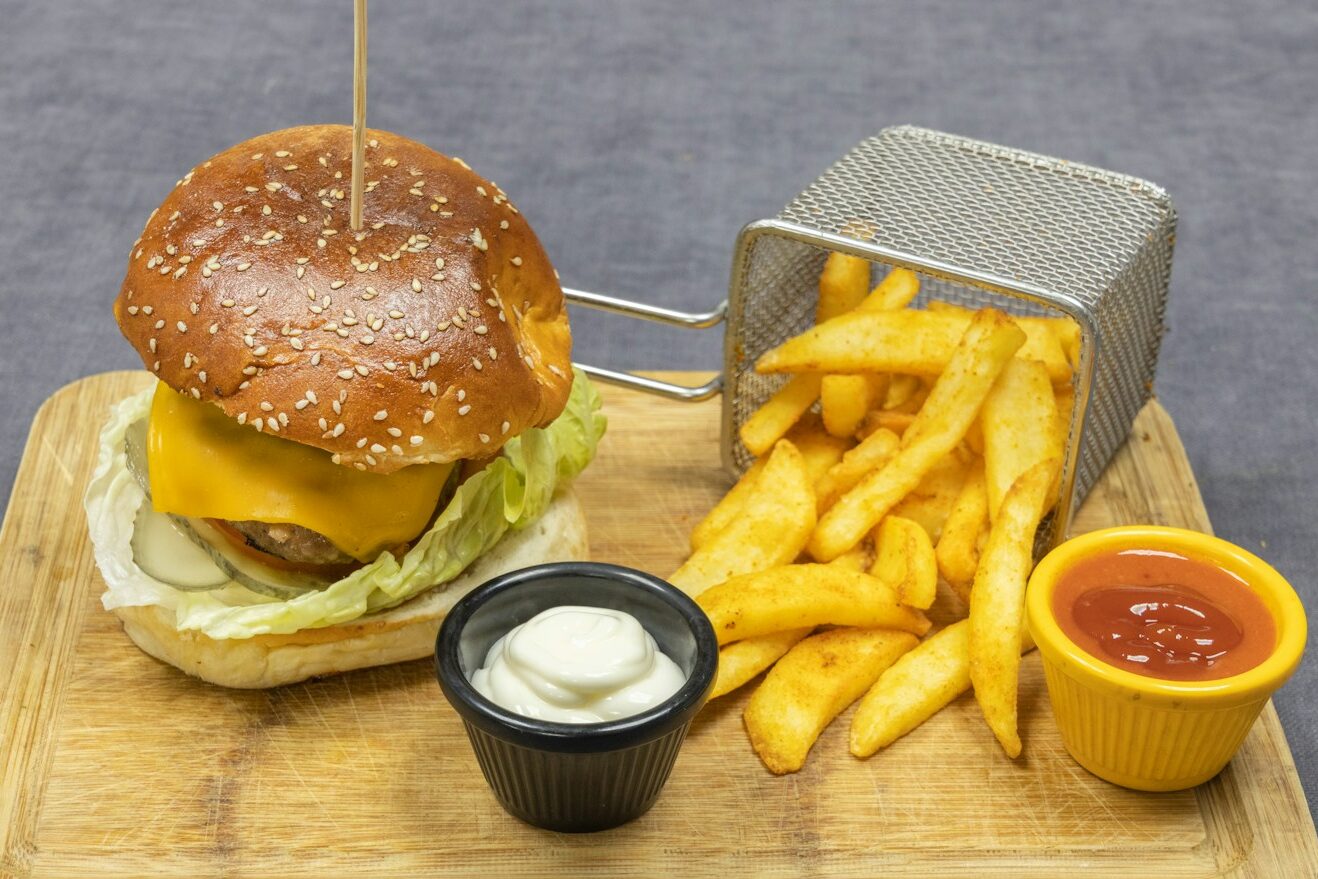
Fast food has been part of everyday life for decades, but over the years, many strange myths have popped up around it. From wild claims about what’s in your burger to strange ideas about how the food is made, it’s time to set the record straight. Here are 20 fast food myths you need to stop believing.
Fast food meat is all fake.
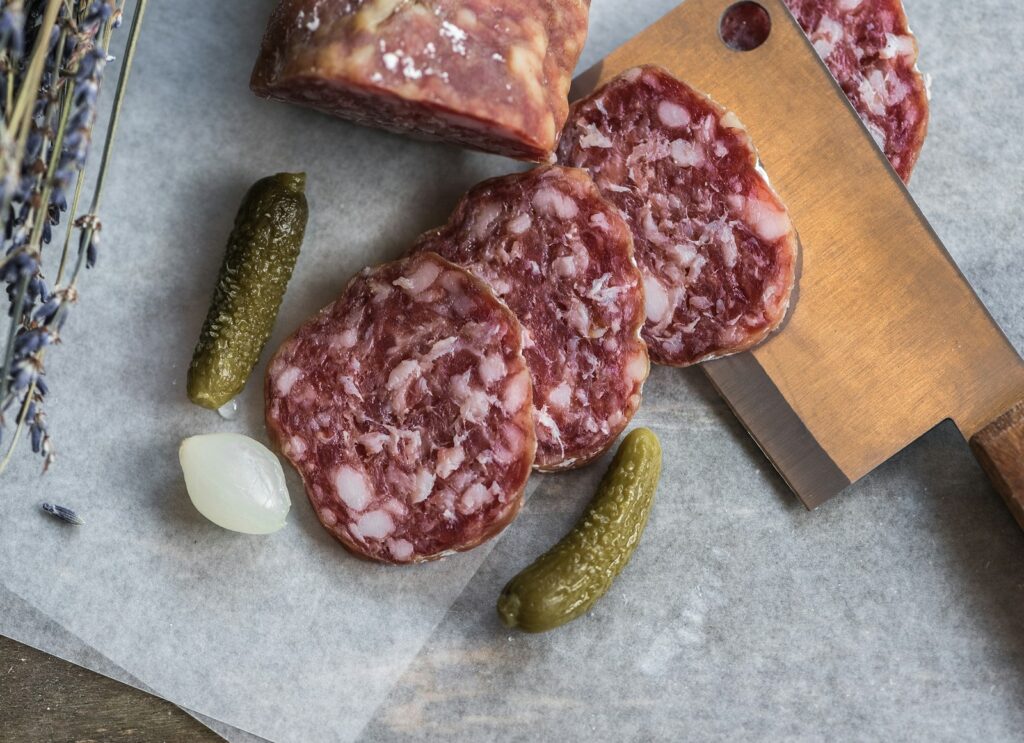
People love to say fast food meat is just chemicals or fake meat glue, but most chains use real meat that’s just heavily processed. It’s often seasoned, frozen, and shaped to cook fast and stay consistent. That doesn’t make it fake—it just means it’s made to fit their system. If it were fake, the price of burgers wouldn’t be going up as much as they are now.
French fries are made from powder.
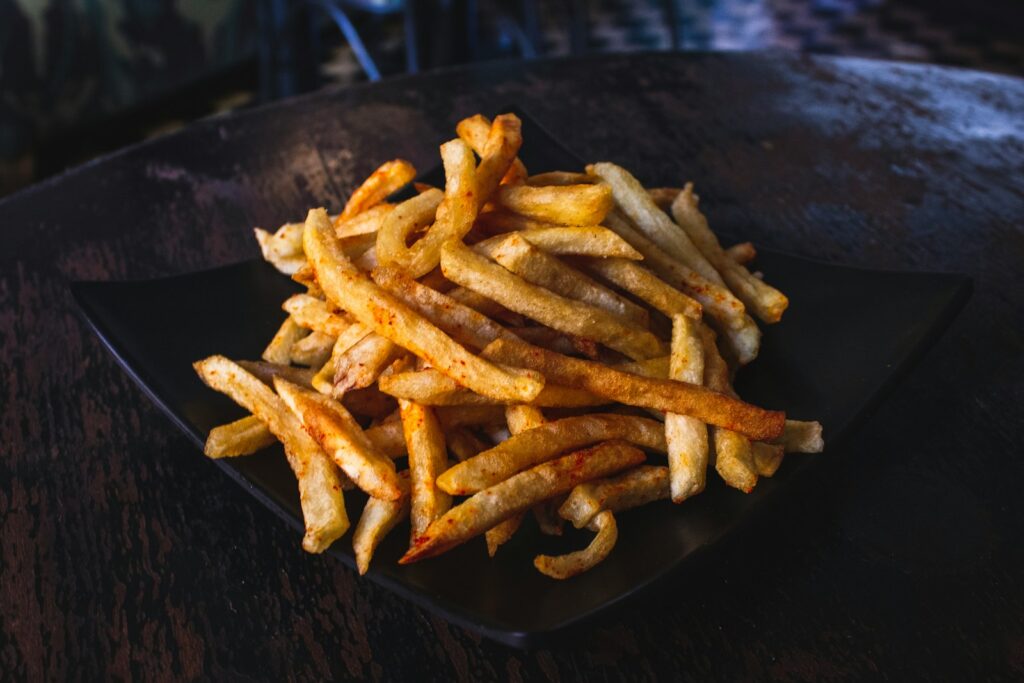
There’s a wild myth that fast food fries are potato flakes pressed into fry shapes. But when you eat fries at McDonald’s or Wendy’s, you eat real potatoes. They’re peeled, cut, and then processed to look uniform. Some places coat them in some sugar and starch, but they aren’t fake—just prepared to be crispy and golden every single time.
Fast food never rots because it’s full of preservatives.
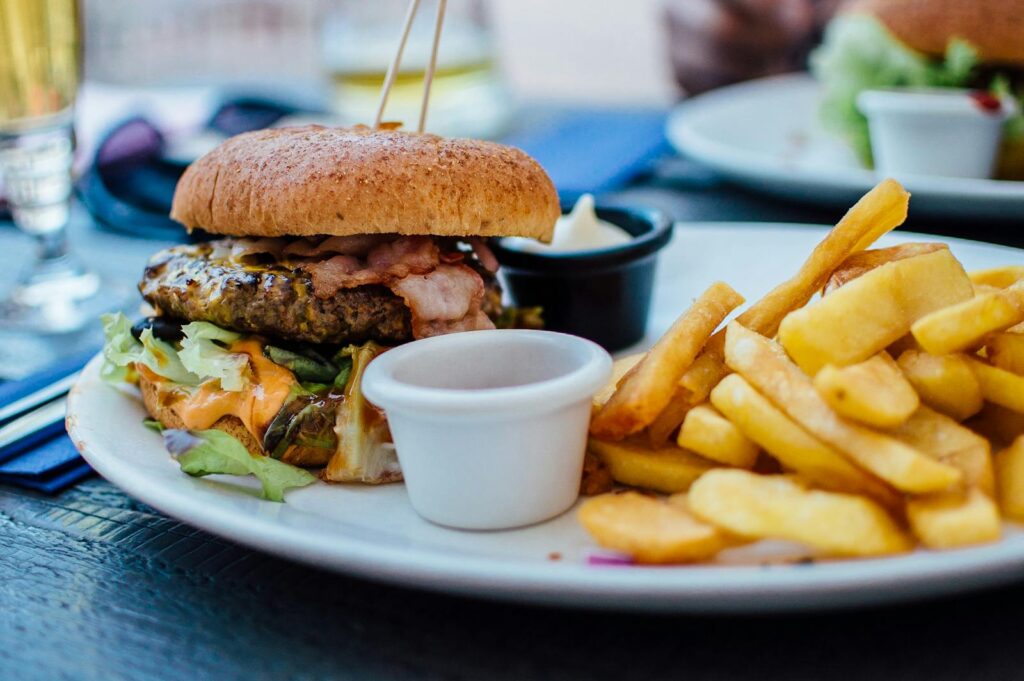
You’ve probably seen photos of burgers that look the same after years in a drawer, but that’s not because of chemicals—it’s because of how they dry out. Keeping a burger in dry air without moisture or mold makes it dehydrated, like beef jerky. If you leave that same burger in a humid place, it will definitely rot just like any homemade meal.
You’re always eating pink slime in fast food.
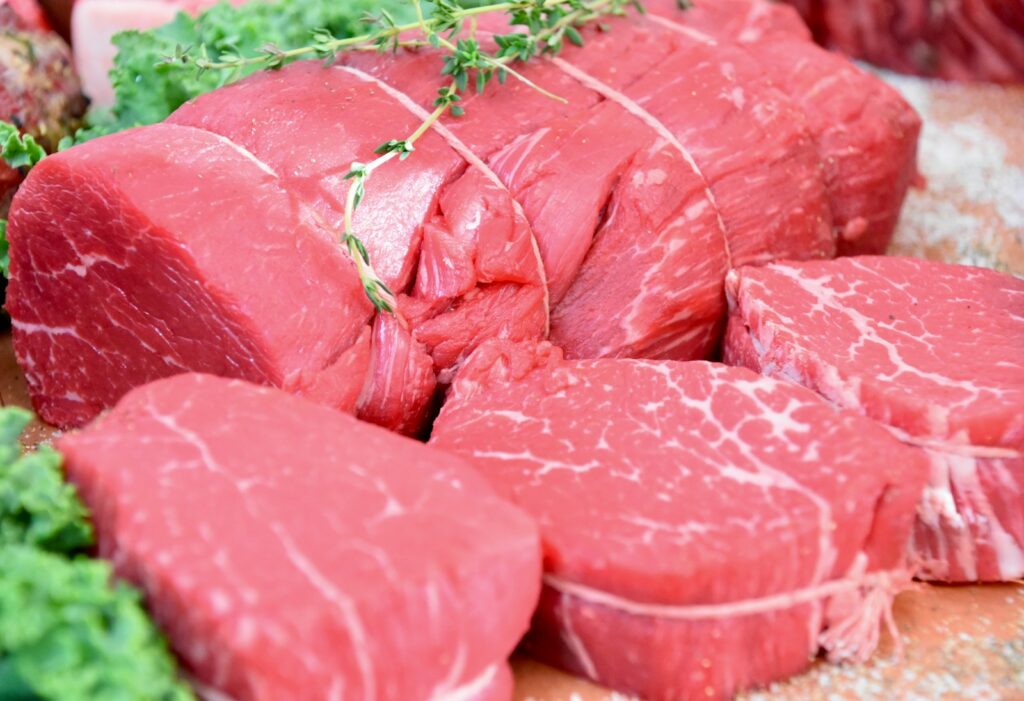
“Pink slime” sounds scary, but it’s not something you’re munching on every time you grab a burger. That term came from how some beef was processed with ammonia to kill bacteria, which was used in schools and cheaper meat blends. Major chains responded to the backlash years ago and stopped using it altogether. So when you eat that cheeseburger today, it’s not packed with any pink mystery goop.
Chicken nuggets are made from bones and beaks.
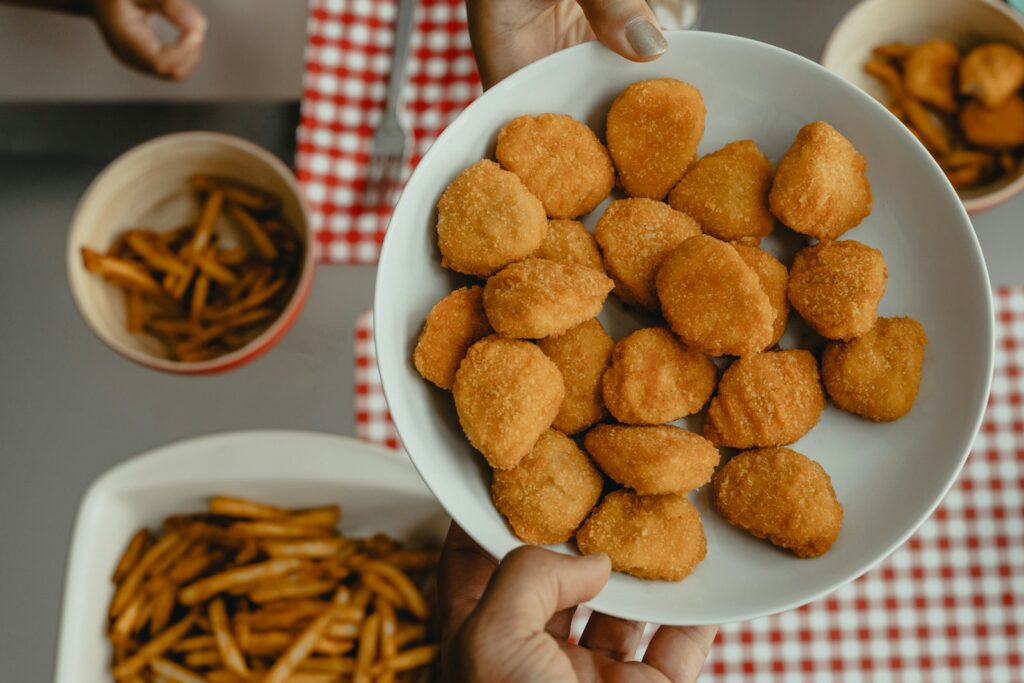
Many still think nuggets are made by grinding up everything—bones, beaks, and all. In reality, most nuggets come from chicken breast or thigh meat ground up and shaped before being breaded and fried. It’s processed, sure, but it’s still chicken meat. No one’s tossing whole birds in a blender. If that were true, you’d taste something weird—and lawsuits would fly fast.
Fast food causes instant weight gain.
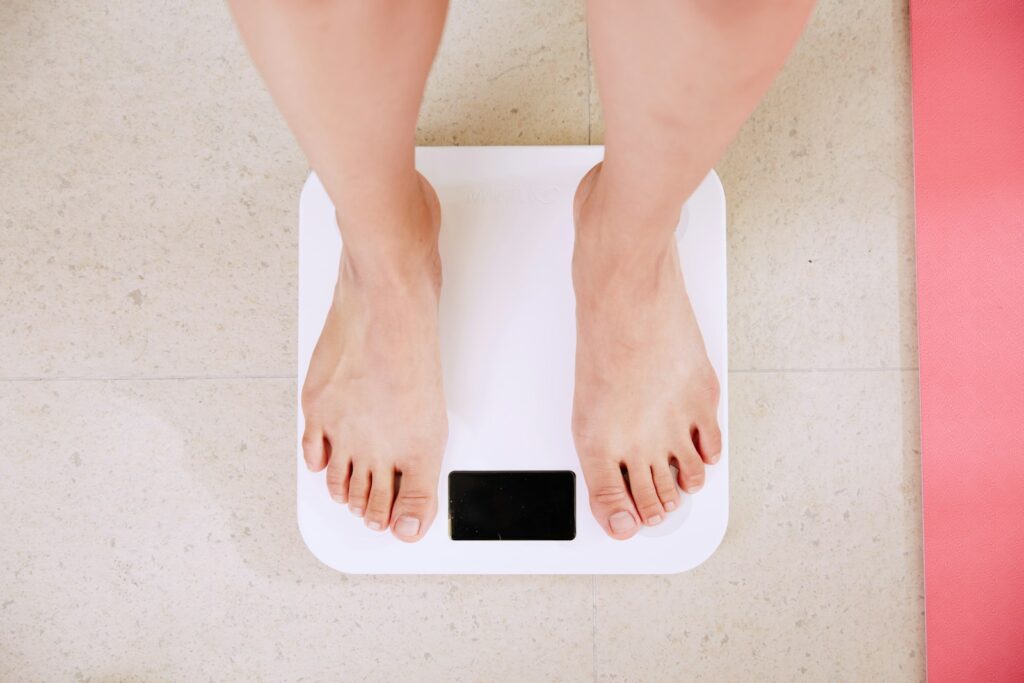
Fast food gets blamed for every extra pound, but weight gain doesn’t happen from one burger or one order of fries. It’s about habits over time. If you eat fast food often and don’t stay active, the calories can add up. But eating it once in a while doesn’t mean your body will suddenly change overnight. Like anything, it’s about balance, not banning burgers completely.
Fast food employees never wash their hands.

It’s a big assumption that fast food workers skip hygiene, but most chains have strict rules about handwashing, glove use, and even audits. Employees often have to wash their hands every hour or after certain tasks. Do slip-ups happen? Sure—just like in any other workplace. But thinking nobody behind the counter cares about hygiene just isn’t true, especially with how strict food safety laws are now.
Fast food is cheaper than cooking at home.

It might feel like grabbing a $5 meal is cheaper than buying groceries, but that’s only true in the short term. When you buy ingredients for home cooking, they stretch across multiple meals. Fast food adds up fast—especially if you add drinks or extras. A few grocery staples can feed you for days. So, while fast food is convenient, it’s usually not the cheapest way to eat in the long run.
All fast food is full of MSG.
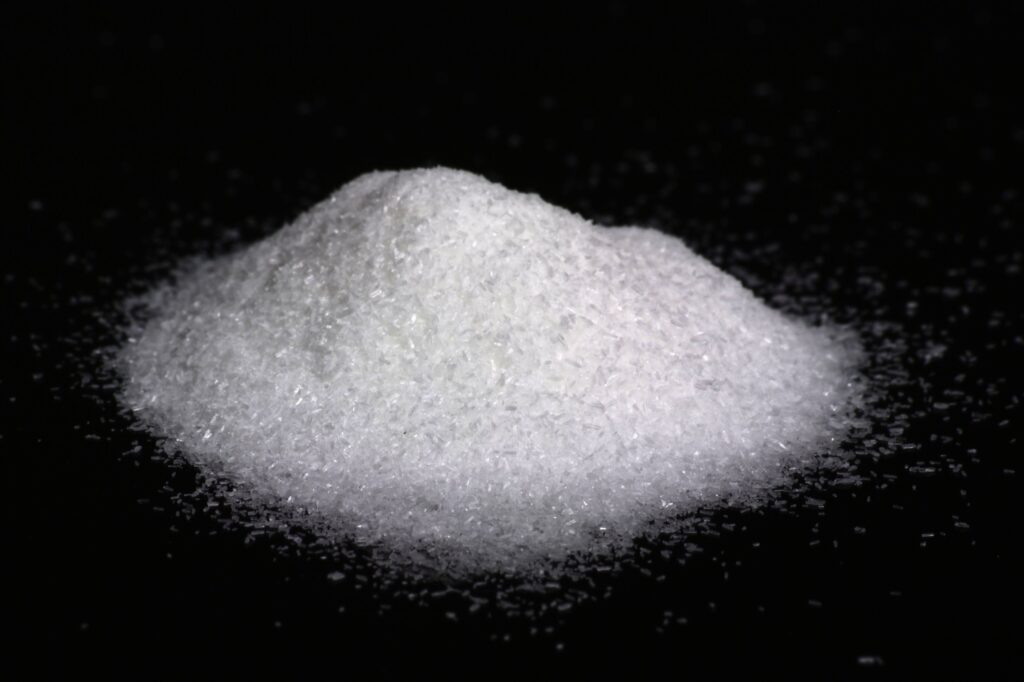
MSG gets a bad rap, but not every fast food chain uses it—and when they do, it’s not the evil chemical people think. MSG is a flavor enhancer that’s also found in tomatoes and cheese. Some chains do use it in chicken or seasoning, but others avoid it entirely. Most people can eat MSG with no issues. The fear mostly came from outdated research and urban myths.
Fast food is always unhealthy.
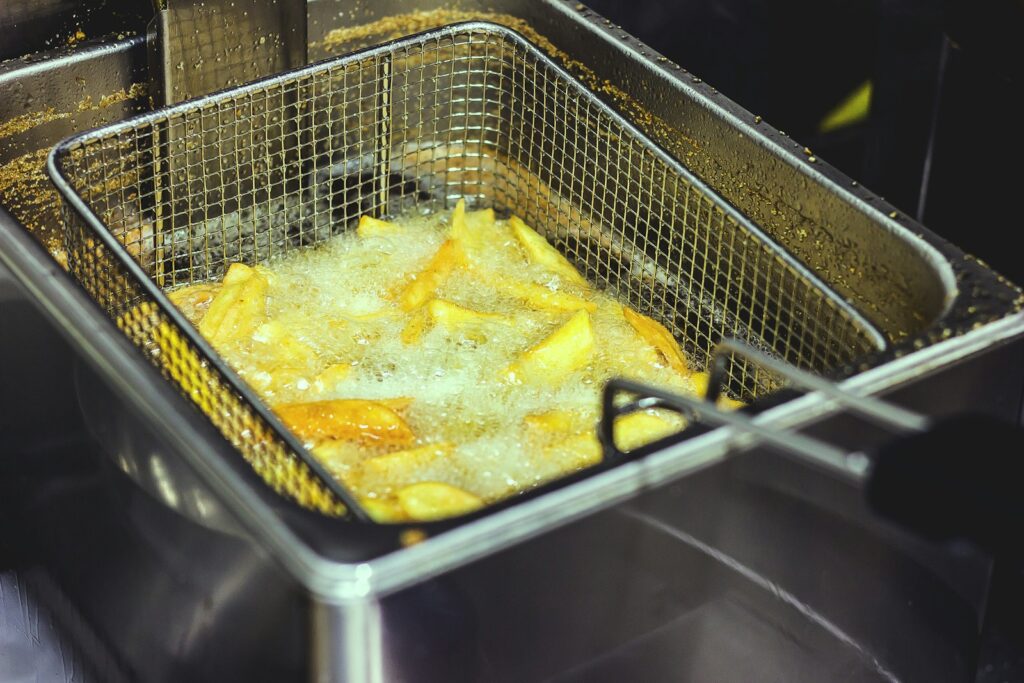
Not every menu item is a calorie bomb. Many chains now offer grilled chicken, salads, fruit sides, or even plant-based options. Sure, there are greasy items, but there are also lighter choices if you look. It’s not that fast food is always unhealthy—it’s that many people skip the better choices and go straight for the fries and soda. The options are there—you just have to notice them.
Fast food workers spit in your food if you complain.

Movies and jokes have made people believe that if you’re rude to the cashier, they’ll mess with your food. Food tampering is rare because employees know it can get them fired or even arrested. Fast food places also have cameras everywhere now. While treating people kindly is always the right move, the idea that your burger is secretly being sabotaged just isn’t true.
Fast food salads are always the healthiest choice.
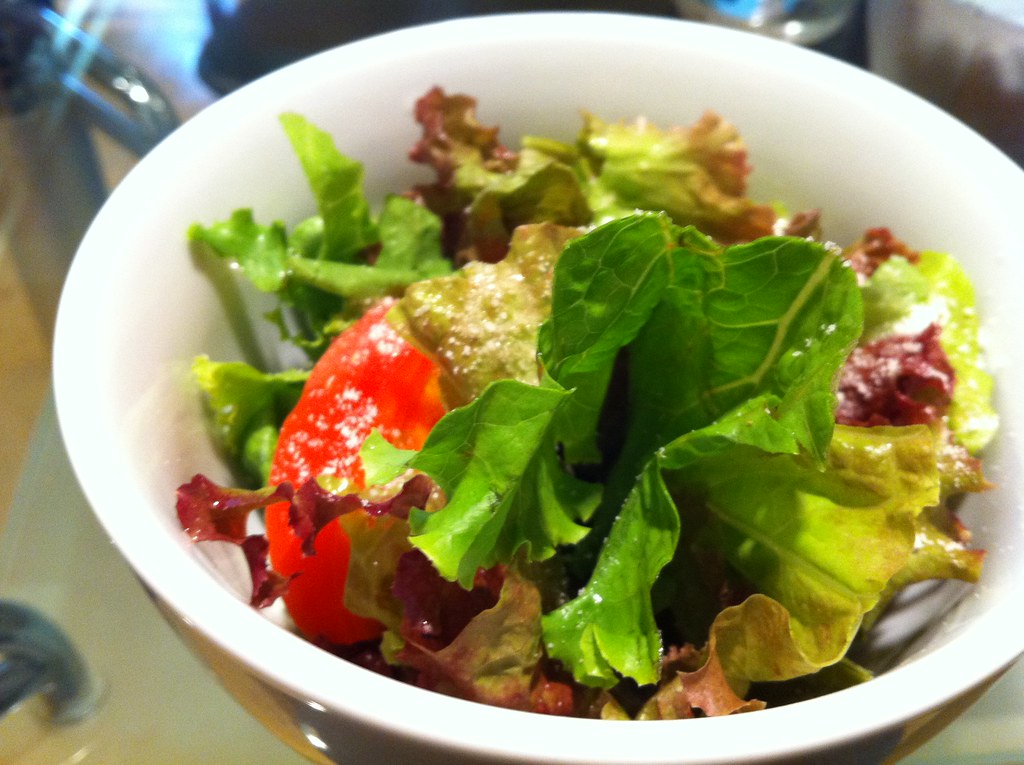
You might think ordering a salad automatically means you’re making a healthy choice, but some fast food salads can be shockingly high in calories, fat, and sugar. When you pile on crispy chicken, heavy dressings, cheese, and croutons, a salad can easily have more calories than a burger. So, when you pick a salad, it’s smart to watch what’s in it instead of assuming it’s the lighter option.
Fast food burgers are the size of your head now.
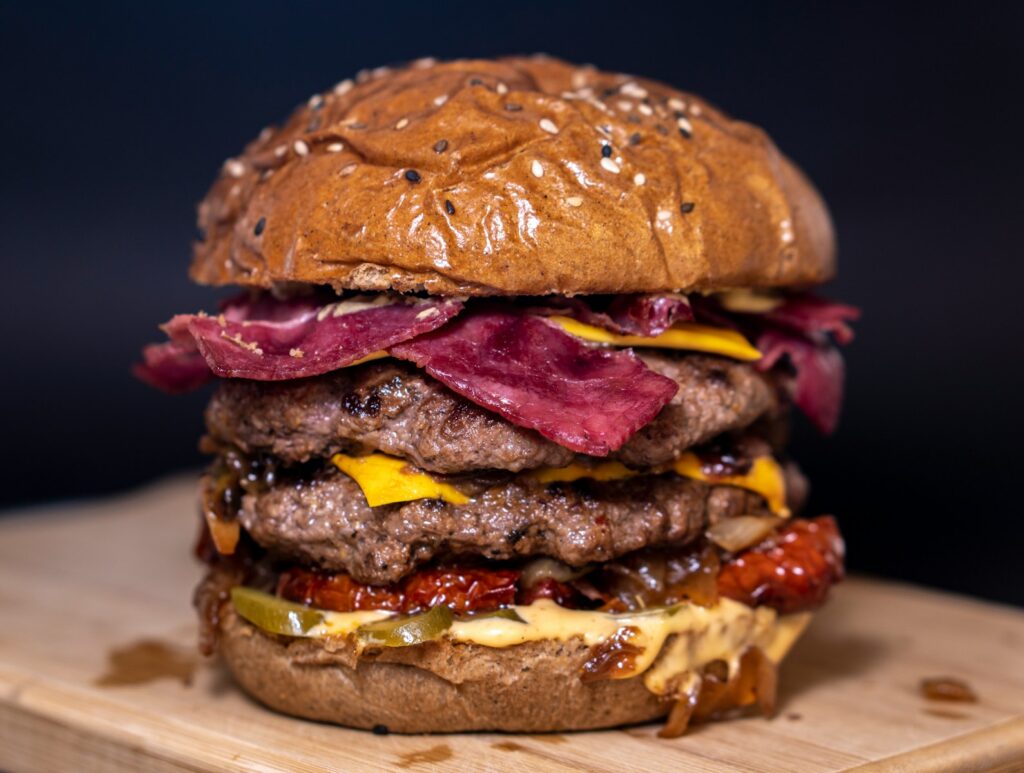
It’s easy to think burgers have gotten out of control, but the classic fast-food burgers haven’t grown that much over time. What’s changed is the option to super-size everything. Regular burgers like a McDonald’s hamburger or a Whopper Jr. are still pretty close to their original size. It’s the double stacks, loaded versions, and add-ons that make it feel like everything is monster-sized now.
Fast food coffee is worse than regular coffee.

Some people still believe that if you grab a coffee at a fast food place, you’re drinking low-quality brew. But many chains have stepped up their coffee game, with places like McDonald’s and Dunkin’ serving coffee that’s just as good, and sometimes better, than fancy coffee shops. Plus, it’s usually a lot cheaper. So, grabbing your morning coffee from a drive-thru doesn’t mean you’re settling anymore.
Fast food workers aren’t skilled.

There’s this myth that fast food jobs don’t take any skill, but the truth is that running a kitchen during a lunch rush takes serious coordination, speed, and multitasking. Workers have to remember recipes, juggle dozens of orders, keep everything clean, and stay calm under pressure. It’s not just flipping burgers. It’s also keeping a whole system running like a machine, and it takes a lot more talent than people give credit for.
You can tell how fresh the food is by the looks.
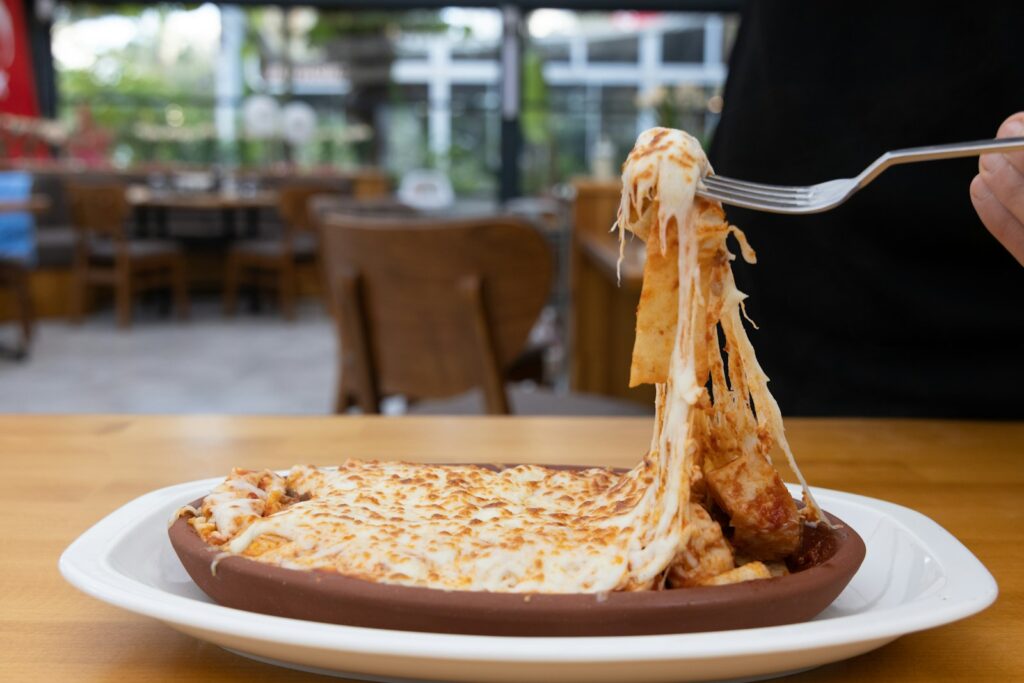
When you grab a perfectly golden fry or a shiny burger, it’s easy to assume it’s super fresh. But fast food is designed to look good even after sitting under a heat lamp. Many items are pre-cooked and kept warm until you order. That doesn’t mean it’s bad or unsafe to eat, but looks can be deceiving. Freshness in fast food has more to do with turnover speed than how pretty it looks.
Plant-based fast food is 100% healthy.
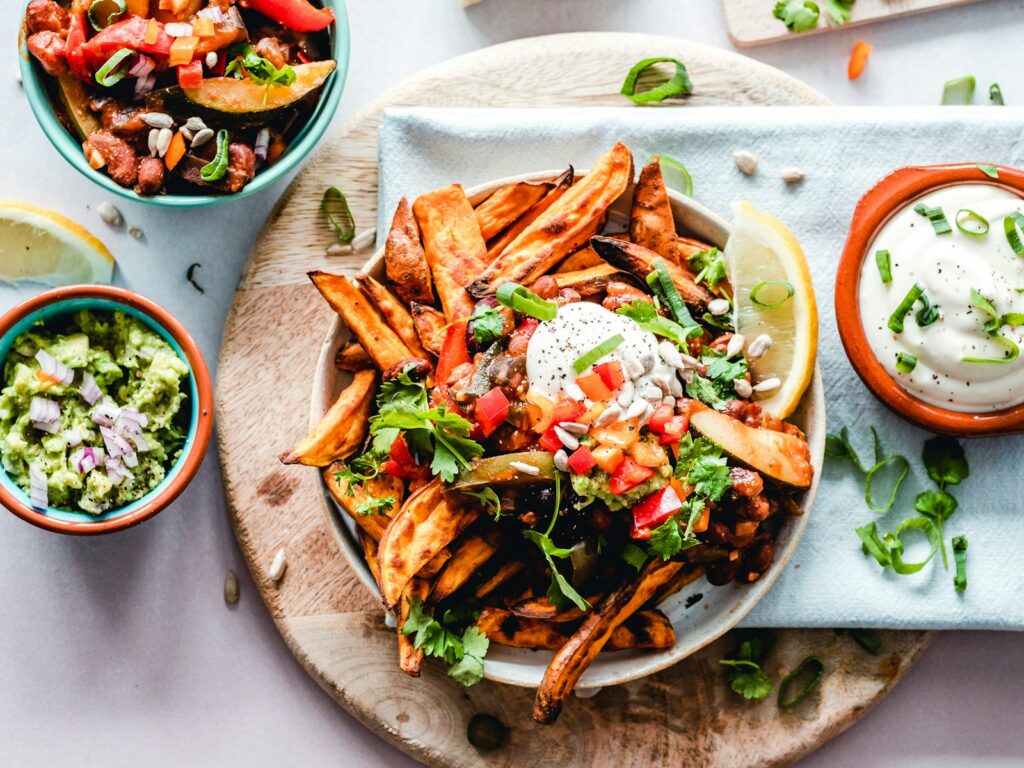
Eating a plant-based burger feels like you’re making a healthy choice, but it’s not always that simple. Plant-based fast food is still heavily processed and can be as high in fat, sodium, and calories as beef burgers. It’s better for the environment and a good option for non-meat eaters, but it’s not automatically the “health food” many people think it is.
You’re only eating fresh food when you eat fast food.
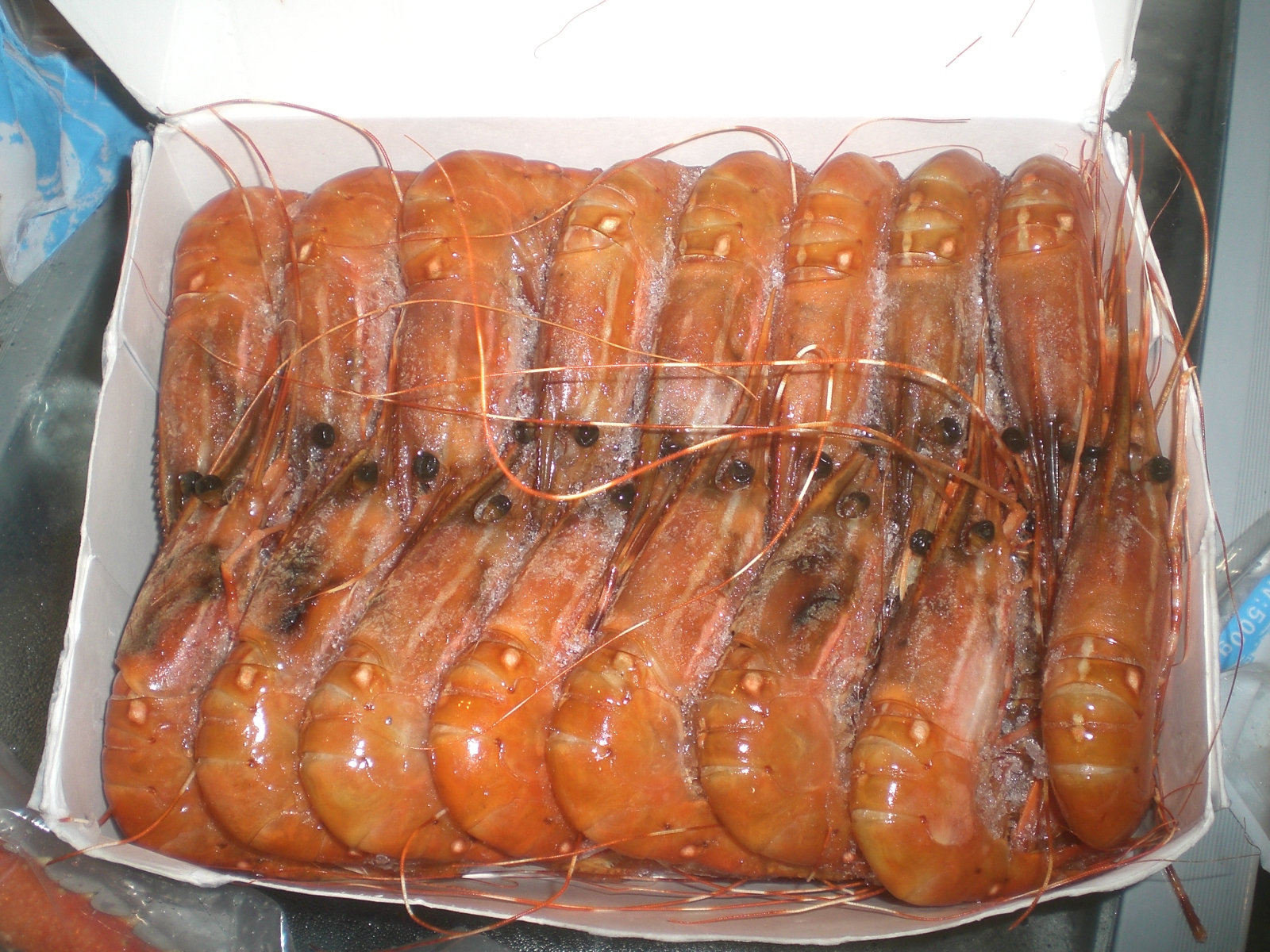
Many ads brag about “fresh ingredients,” and while some fast food items are made fresh daily, much of the food is frozen or pre-prepped. Chicken, beef patties, fries, and even some veggies are often frozen and then cooked fast for your order. That doesn’t mean it’s bad quality, but it’s not like everything is handmade in the back kitchen, either. It’s part of what keeps prices and wait times low.
Breakfast is always healthier than lunch or dinner at fast food places.
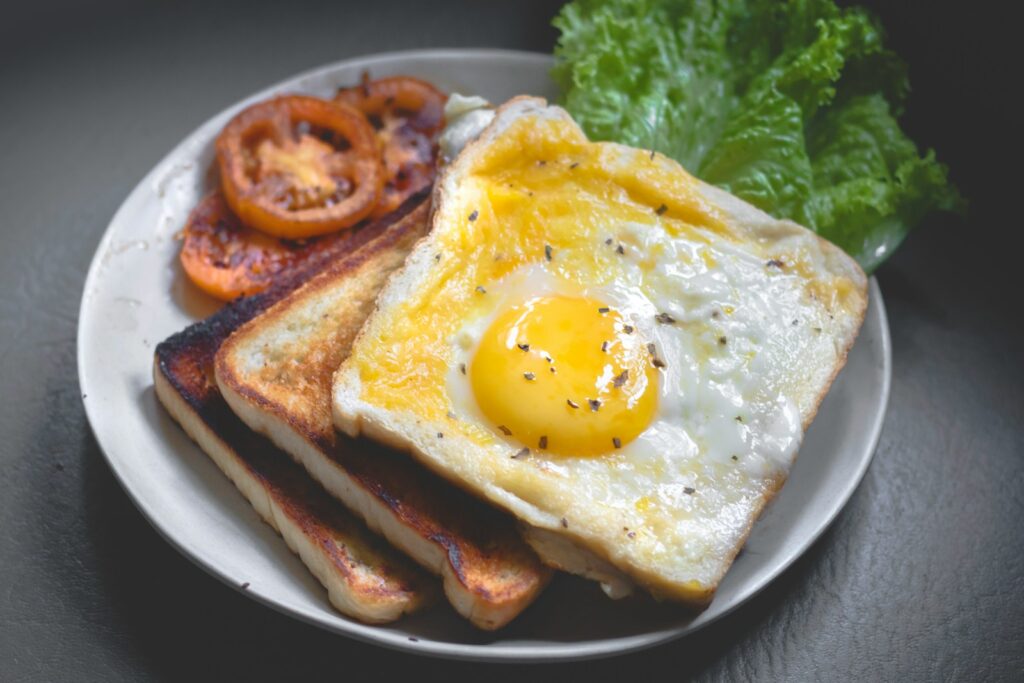
There’s this idea that grabbing a breakfast sandwich is better than a burger, but a lot of fast food breakfasts are loaded with fat, salt, and carbs. Sausage biscuits, loaded burritos, and syrupy pancakes can be just as heavy as a burger and fries. It’s all about what you choose—eggs and oatmeal are lighter options, but some breakfast items are sneaky calorie bombs.
Fast food is the same everywhere you go.
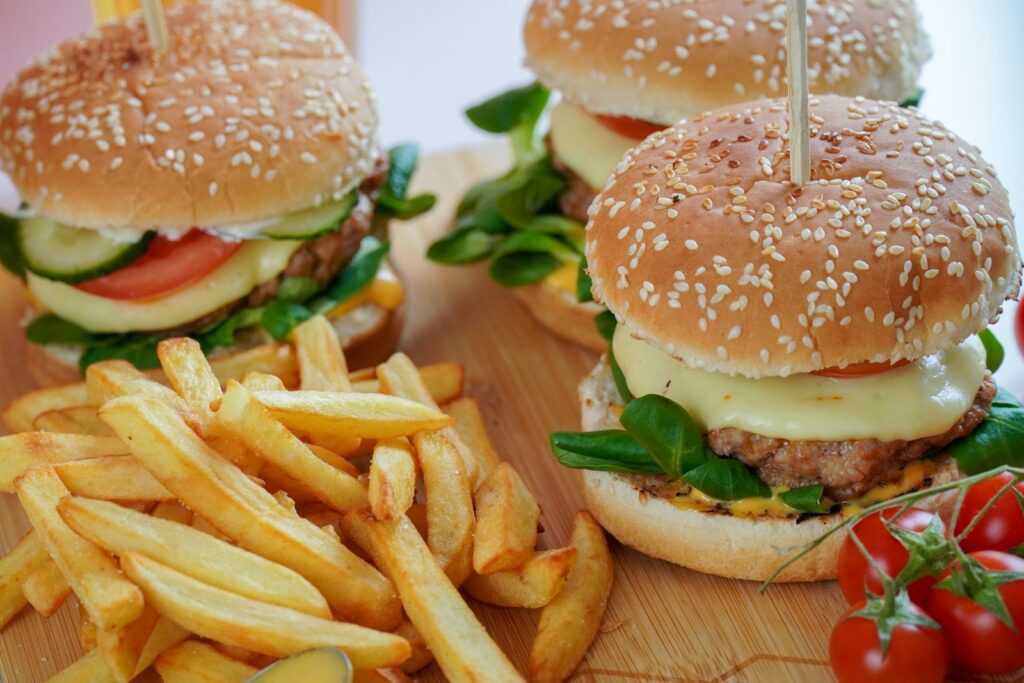
It’s easy to think a Big Mac or a taco is exactly the same no matter where you are, but fast food changes a lot depending on the country. McDonald’s serves McAloo Tikki burgers in India, and KFC in Japan is famous for Christmas dinners. You’ll find totally different flavors, ingredients, and styles overseas. So fast food isn’t one-size-fits-all—it’s more like a global remix.
Leave a comment